Mikrotik hAP mini Manual
Mikrotik
Adgangspunkt
hAP mini
| Mærke: | Mikrotik |
| Kategori: | Adgangspunkt |
| Model: | hAP mini |
| Vekselstrømsindgangsspænding: | 5 V |
| Bredde: | 48 mm |
| Dybde: | 78 mm |
| Højde: | 81 mm |
| Produktfarve: | Black,Brass |
| Ethernet LAN-porte (RJ-45): | 3 |
| Ethernet LAN-datahastigheder: | 10,100 Mbit/s |
| Intern hukommelse: | 32 MB |
| Operativsystem installeret: | RouterOS |
| Strømforbrug (maks.): | 3.5 W |
| Placering: | Bord |
| Netværksstandarder: | IEEE 802.11b,IEEE 802.11g,IEEE 802.11n |
| Modtager, følsomhed: | -96, -89, -93, -74, -71 |
| AC-adapter inkluderet: | Ja |
| Harmoniseret systemkode (HS): | 85176990 |
| Intern: | Ingen |
| Maksimal dataoverførselshastighed: | 100 Mbit/s |
| Wi-Fi-datahastighed (maks.): | 54 Mbit/s |
| USB-stik type: | Micro-USB |
| Flashhukommelse: | 16 MB |
| Antal produkter inkluderet: | 1 stk |
| Indbygget processer: | Ja |
| 2.4 GHz: | Ja |
| 5 GHz: | Ingen |
| Niveau for antennestyrke (maks.): | 1.5 dBi |
Har du brug for hjælp?
Hvis du har brug for hjælp til Mikrotik hAP mini stil et spørgsmål nedenfor, og andre brugere vil svare dig
Adgangspunkt Mikrotik Manualer
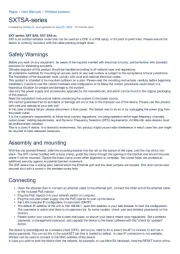
15 Oktober 2025
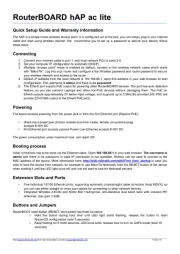
25 Juli 2025
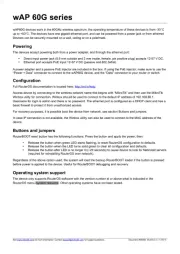
4 Juli 2025

8 December 2024

27 September 2024

23 September 2024
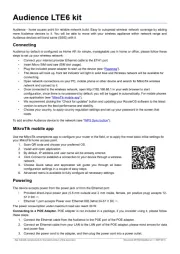
28 August 2024

24 August 2024

13 August 2024

8 August 2024
Adgangspunkt Manualer
- SMC
- Juniper
- LigoWave
- Extreme Networks
- Advantech
- Premiertek
- Tenda
- IP-COM
- Asus
- TP-Link
- Huawei
- Bosch
- Netis
- Comtrend
- Conceptronic
Nyeste Adgangspunkt Manualer
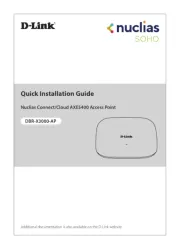
1 November 2025
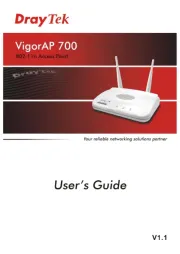
19 Oktober 2025

16 Oktober 2025

8 Oktober 2025

7 Oktober 2025
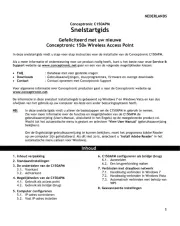
7 Oktober 2025
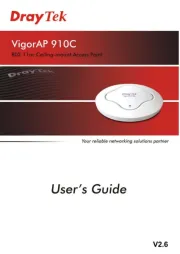
6 Oktober 2025
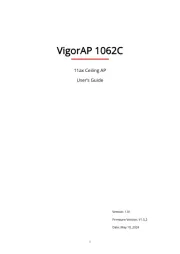
6 Oktober 2025
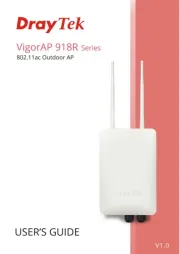
6 Oktober 2025
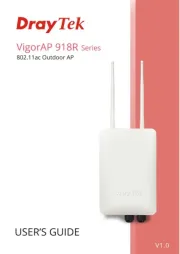
6 Oktober 2025
